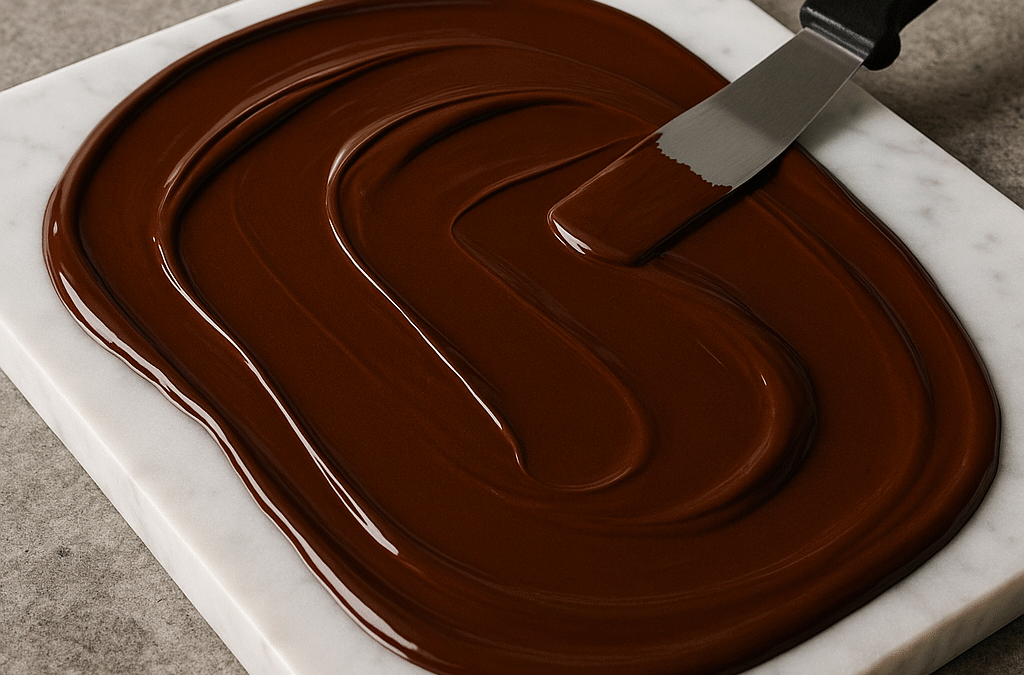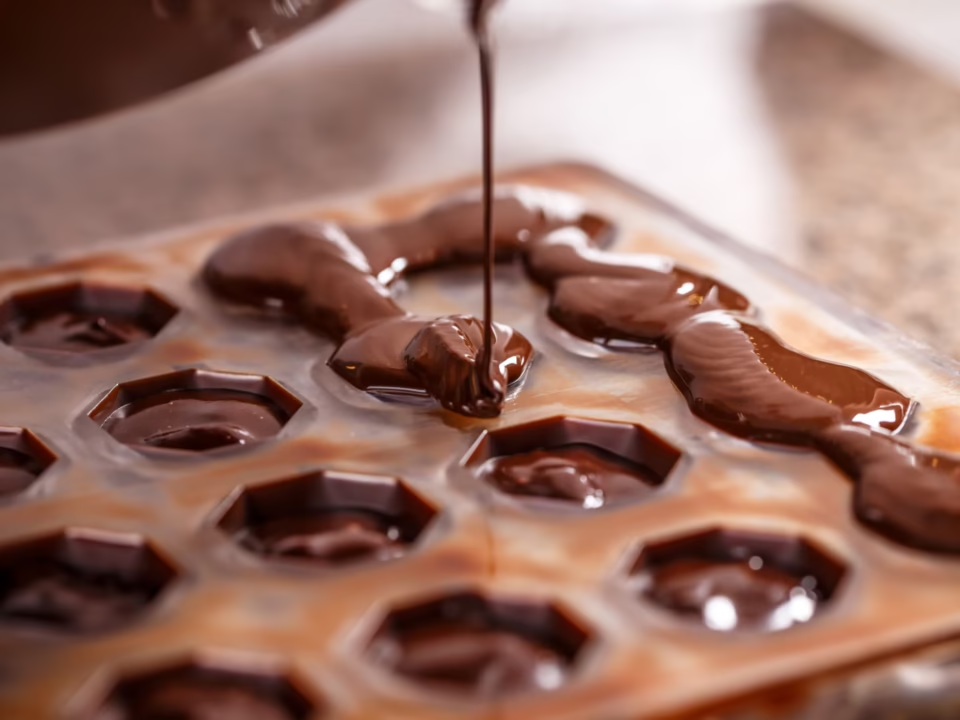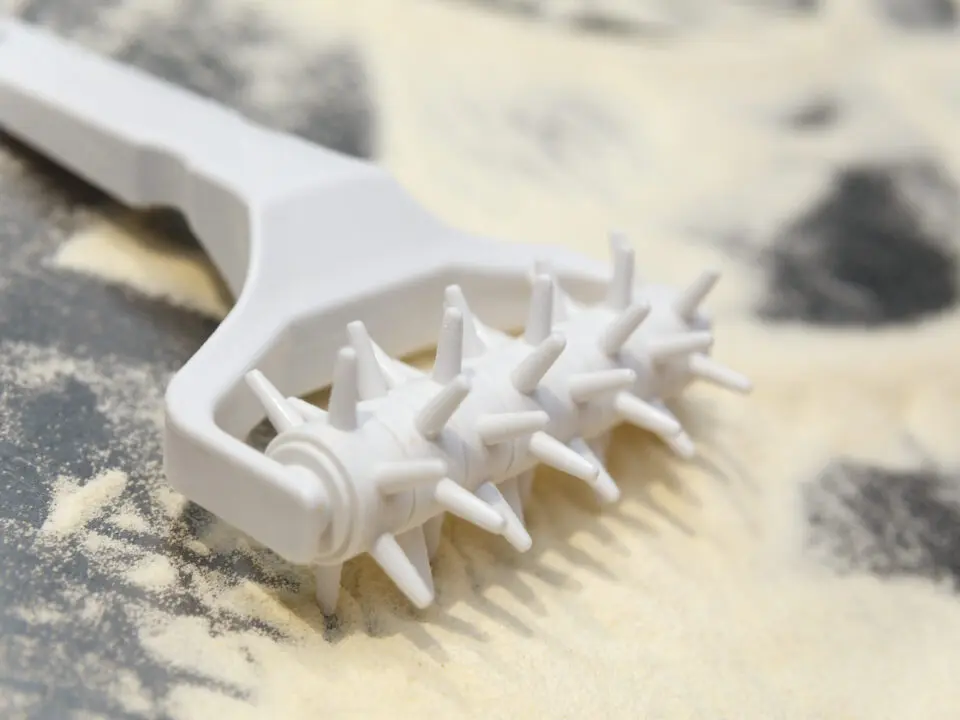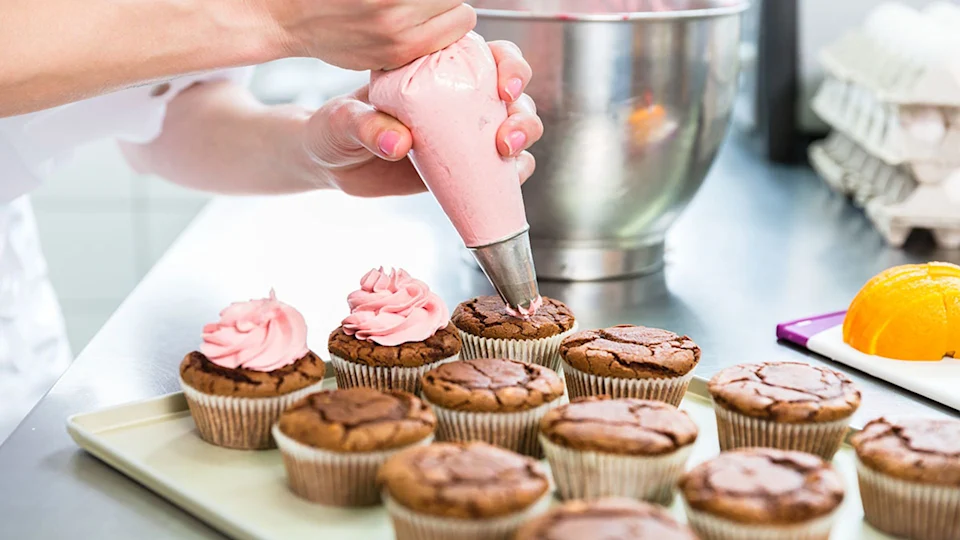
Dominique Ansel
September 17, 2025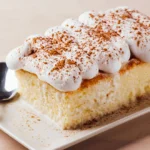
Tres Leches Cake (Mexico)
October 13, 2025When you walk into a professional pastry kitchen, you’ll often find a large, cool marble or granite slab sitting quietly among the chaos of mixers, scales, and trays of glossy chocolate. It might look decorative, but for any serious chocolatier or sugar artist, that slab is one of the most valuable and dependable tools in the kitchen.
This guide explains why every advanced home chef should invest in one, how it helps with tempering chocolate and cooling sugar, and how to care for it so it lasts a lifetime.
Why Marble (or Granite) Matters
Marble and granite have one key advantage: they’re naturally cold. Their dense, smooth surfaces conduct heat away from sugar and chocolate evenly and efficiently. When you’re working with ingredients that depend on precise temperature control, that cooling power makes a huge difference.
Marble is traditionally favoured because of its ultra-smooth texture and slightly porous surface, which helps grip chocolate during tempering. Granite is less porous and a little more complex, making it more durable and resistant to stains. Either option works beautifully for pastry work, so the choice comes down to personal preference and aesthetic.
If you often work with chocolate or pulled sugar, this tool quickly becomes your best friend.
Tempering Chocolate: How the Slab Helps
Tempering chocolate is one of those kitchen rituals that rewards patience and precision. It’s all about controlling how cocoa butter crystals form as chocolate cools, ensuring that perfect glossy snap when it sets.
The marble slab method is a traditional, foolproof way to achieve this. Here’s how it works:
- Melt the chocolate – Gently heat it to about 45–50°C until it’s fully liquid.
- Pour two-thirds onto the slab – Use a metal scraper or palette knife to spread it across the cool stone.
- Work the chocolate – Continuously spread and gather it using both tools. The motion cools the chocolate down evenly while encouraging stable crystal formation.
- Check the temperature – Once it reaches around 27°C, it’s ready to be mixed back with the remaining warm chocolate (which should still be around 31–32°C).
- Test it – Dip a knife tip or spoon in the chocolate. If it sets evenly with a satin shine, your chocolate is perfectly tempered.
The marble slab gives you precise control over cooling. Instead of waiting and guessing, you can see and feel how the chocolate thickens as it cools. This tactile feedback is what makes the process so satisfying — you’re not just following numbers, you’re developing an instinct.
Cooling Sugar: Why a Slab Makes It Safer and Easier
Sugar work demands even more speed and precision than chocolate. Once you’ve cooked sugar syrup to the right temperature, it starts cooling the moment you take it off the heat. Without a surface that can pull that heat down evenly, you risk overcooked edges or crystallisation.
When poured onto a marble or granite slab, molten sugar cools quickly but evenly, making it far easier to handle. The surface allows you to:
- Control crystallisation by cooling sugar consistently across the whole batch.
- Shape sugar safely before it becomes too brittle.
- Reheat and remould portions without burning or clouding.
In pulled sugar work, marble also acts as a resting surface between stretches, helping the sugar firm slightly before it’s pulled again. That balance between warmth and firmness is what gives sugar ribbons their shine and elasticity.
Choosing Between Marble and Granite
If you’re deciding which surface to buy, here’s a quick comparison:
FeatureMarbleGranite
Feel Softer, slightly porous Harder, less porous
The temperature stays cooler for longer. Cools quickly but warms slightly faster.
Cleaning requires gentle care (avoid acids). Easier to clean and more durable.
Appearance Classic white or grey veins Darker tones, more varied patterns
Best for Chocolate tempering and sugar pulling, Heavy-duty pastry and sugar work
Many pastry chefs keep both if space allows. But if you’re starting with one, marble remains the classic choice for chocolate and delicate sugar work.
Caring for Your Marble or Granite Slab
A little maintenance goes a long way. Both marble and granite are long-lasting if you treat them with care.
- Clean immediately after use with warm water and a soft cloth. Avoid acids or harsh detergents, which can etch marble and dull granite.
- Dry thoroughly before storing to prevent moisture absorption.
- Avoid heat shock – never pour boiling sugar directly onto a frozen-cold slab or vice versa. Rapid temperature change can cause cracks.
- Polish occasionally with a food-safe stone conditioner or mineral oil to keep the surface smooth and resistant to staining.
Store the slab in a cool, dry place. If it’s large and heavy, consider leaving it permanently on your bench as a statement piece that doubles as a practical workspace.
Using the Slab Beyond Chocolate and Sugar
A marble or granite board isn’t just for sweets. Many chefs use it for:
- Rolling buttery pastry or puff dough without sticking is challenging.
- Shaping nougat, fudge, or caramels.
- Working with fondant or modelling chocolate.
- Cooling cooked sugar syrups before adding butter or cream.
Because the stone keeps things calm and steady, it’s ideal for any recipe where temperature and texture matter.
The Experience of Working on Stone
Ask any pastry chef why they still use marble in the age of induction cooktops and silicon mats, and they’ll tell you — it’s about connection. The cool, solid surface under your hands anchors you in the process. You can feel the temperature shift as chocolate thickens or sugar begins to crystallise.
That sensory feedback helps you understand your ingredients in a way a digital thermometer never could. It’s an art form built on touch, timing, and trust.
A marble slab doesn’t just make your work easier. It teaches you to slow down, pay attention, and appreciate the science and beauty behind every shiny chocolate shell and delicate sugar curl.
Final Thoughts
For anyone serious about improving their pastry craft, a marble or granite slab is a worthwhile investment. It brings precision, control, and a little professional magic into your kitchen, empowering you to create masterpieces with confidence.
Chocolate tempering and sugar work are both delicate arts, but the right tools make them accessible, even at home. Whether you’re crafting glossy pralines or spun sugar nests, a slab will help you master the temperature, texture, and timing needed to turn simple ingredients into edible art.
FAQs
What size marble slab should I buy for home use?
A 40×60 cm slab is ideal for most home kitchens — large enough to temper around 1 kg of chocolate comfortably but still easy to store.
Can I use a cheap marble pastry board from a homeware store?
Yes, as long as it’s solid natural stone (not plastic-coated). Avoid decorative boards with porous edges or glued seams that might crack under heat.
Do I need to chill the marble before use?
No, marble naturally stays cool. If your kitchen is very warm, you can place a few ice packs underneath for 10 minutes, but never freeze the slab.
Can I use marble for sugar pulling and blowing?
Absolutely. Just make sure it’s clean, dry, and at room temperature. Avoid pouring very hot sugar onto a cold slab to prevent cracking.
What’s the best way to clean melted chocolate off marble?
Let the chocolate solidify, then scrape gently with a bench scraper. Wipe clean with warm water and a soft cloth — no detergent needed.
